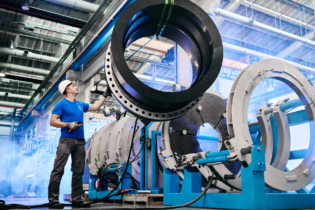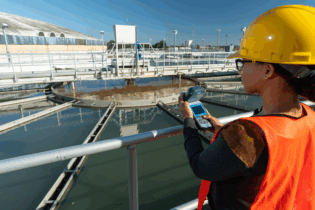Unveiled by President Cyril Ramaphosa on 25 July 2022, South Africa’s latest energy action plan provides a more immediate response to the country’s power crisis and opens the door for widespread private sector participation.
“What was great about the President’s speech was that he has opened the energy challenge to a shared solution with opportunities for everyone to have an impact, no matter how small,” says Janice Foster, market managing director: Energy at Zutari. A highlight of the plan is the doubling of new generation for Bid Window 6 of the Renewable Energy IPP Procurement Programme (REIPPPP) from 2 600 MW to 5 200 MW. Zutari has supported client projects in all REIPPPP Bid Windows to date, including the latest round. Another significant step is removing the licensing threshold for embedded generation capacity entirely. Raising the threshold to 100 MW last year has already unlocked a pipeline of more than 80 confirmed private sector projects with a combined capacity of over 6 000 MW. “This is a significant increase in capacity for private offtakers, which we expect to see starting to come online in the coming months,” says Foster. Priority focus She stresses that preferred projects in Bid Window 5 should be prioritised, “as these have already been awarded and in theory would be the quickest to get online if we can overcome the obstacles to those achieving financial close.” Foster adds that Bid Window 6 projects are anticipated to factor these constraints into their costing and delivery.Another important move is the announcement of an Eskom feed-in tariff for small-scale embedded generation. “That is a real signal of incentive to Eskom’s commercial users and private residential customers that they can also contribute and support their own needs at the same time,” says Foster.
Government’s planned battery energy storage initiative to supplement Eskom’s capacity also represents a multifaceted approach to the energy crisis. “This opens up the energy storage market to private investment. The addition of Battery Energy Storage Systems will support the grid by catering for peak shaving, providing network stability,” Foster continues, adding that these systems will enable greater penetration of renewables into the future. An equitable transition While the current energy crisis is the result of years of loadshedding, the situation is not unique to South Africa. “Globally we see different parts of the world facing energy challenges that might look different but are based on some of the same fundamental issues,” she explains. These include the shift from coal-fired power plants. “It is a global imperative for the world to reduce its reliance on carbon-intensive energy solutions. This is a problem likely to be with us for the foreseeable future. It is both an energy security challenge as well as the need to reduce the carbon footprint of our energy supply,” explains Foster. A ‘just’ energy transition is probably the most important consideration from a local perspective. “The bulk of our power supply is still coal-based. As we transition away from fossil fuels, we need to ensure there are opportunities for participation of all stakeholders, especially the thousands employed in the coal-mining industry. Our energy crisis is a relatively solvable problem from a technical standpoint, but the number of social and institutional challenges it brings are equally, if not more, important,” concludes Foster.







